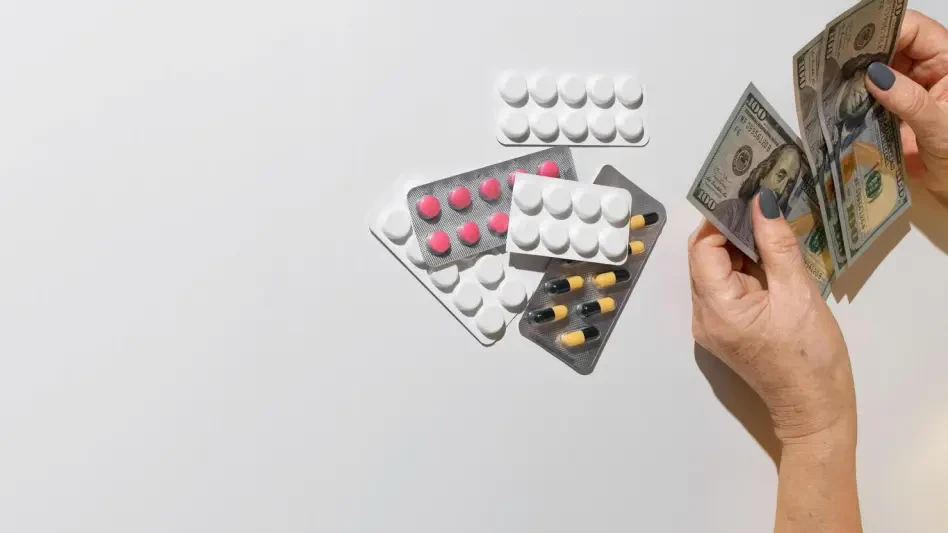In the shifting sands of the pharmaceutical industry, a new approach to pricing emerges with transformative potential. The idea of cost-plus pricing is steadily gaining attention, promising increased transparency and improved financial outcomes for independent pharmacies. This budding model responds to mounting consumer demands for clarity in drug costs and the financial pressures faced by smaller pharmacy operators.
Changing Landscape of Pharmacy Pricing Models
What’s causing the stir in pharmacy pricing methods? Historically, drug pricing has been a maze, often leaving both pharmacies and consumers baffled and distressed. Independent pharmacies have grappled for years with opaque pricing models, particularly those involving pharmacy benefit managers (PBMs), which often squeeze their margins. However, tides are turning as the industry begins to embrace transparency in response to economic realities and consumer pushback. The rise of cost-plus pricing signals a shift that could redefine how medications are priced and accessed.
Transparency Takes Center Stage
Historically, the pharmaceutical pricing model was shrouded in mystery and complexity, leading to increased regulatory scrutiny. Lack of transparency has burdened pharmacies with unexpected costs and challenges, compelling them to seek efficient alternatives. With growing pressure from both consumers and regulatory bodies, transparency in drug pricing is evolving from a mere trend into an industry mandate. Cost-plus pricing models, embraced by entities like GoodRx and Mark Cuban Cost Plus Drug Company, aim to demystify price structures and enhance consumer trust, ultimately making medications more affordable.
The Economic Shift of Cost-Plus Models
Cost-plus pricing, which is based on the National Average Drug Acquisition Cost (NADAC), is reshaping pharmacy economics. This model adds a fixed dispensing fee and an administrative fee, ensuring that customers receive straightforward pricing. Initiatives like GoodRx Community Link exemplify this approach, eliminating PBM involvement and empowering pharmacies with better margins. Independent pharmacies adopting cost-plus have reported significant financial improvements, with examples like a local pharmacy in Ohio witnessing increased customer footfall and improved profit margins due to fairer pricing structures.
Insights from Industry Experts
Pharmacy professionals and industry analysts are taking note of the positive ripple effects of cost-plus models. Industry experts argue that these pricing strategies drive substantial consumer savings while safeguarding the revenue streams of independent pharmacies. Research indicates that pharmacies adopting this model have experienced increased profitability alongside reduced customer costs. A small Texas pharmacy recently shared a compelling anecdote about its transformation; embracing a cost-plus model led to a drastic turnaround in its financial health, boosting both its market presence and customer satisfaction.
Navigating the Transition to Cost-Plus
For pharmacies considering a transition to the cost-plus model, preparation and strategic planning are key. Start by educating the pharmacy staff about this pricing model and its benefits. Establishing partnerships with organizations like GoodRx could be beneficial, providing access to resources and support systems necessary for the shift. Pharmacies should assess potential challenges, like initial implementation costs or patient education needs, to ensure a seamless transition. Adapting marketing strategies to educate consumers on the benefits of transparent pricing will be pivotal in gaining their trust and loyalty.
As the pharmaceutical industry moves toward a future where cost-plus pricing might become the norm, pharmacies that adapt stand to gain a competitive edge. While the road to complete industry transformation is still unfolding, the potential for improved consumer relationships and enhanced economic viability presents a compelling case for consideration.









